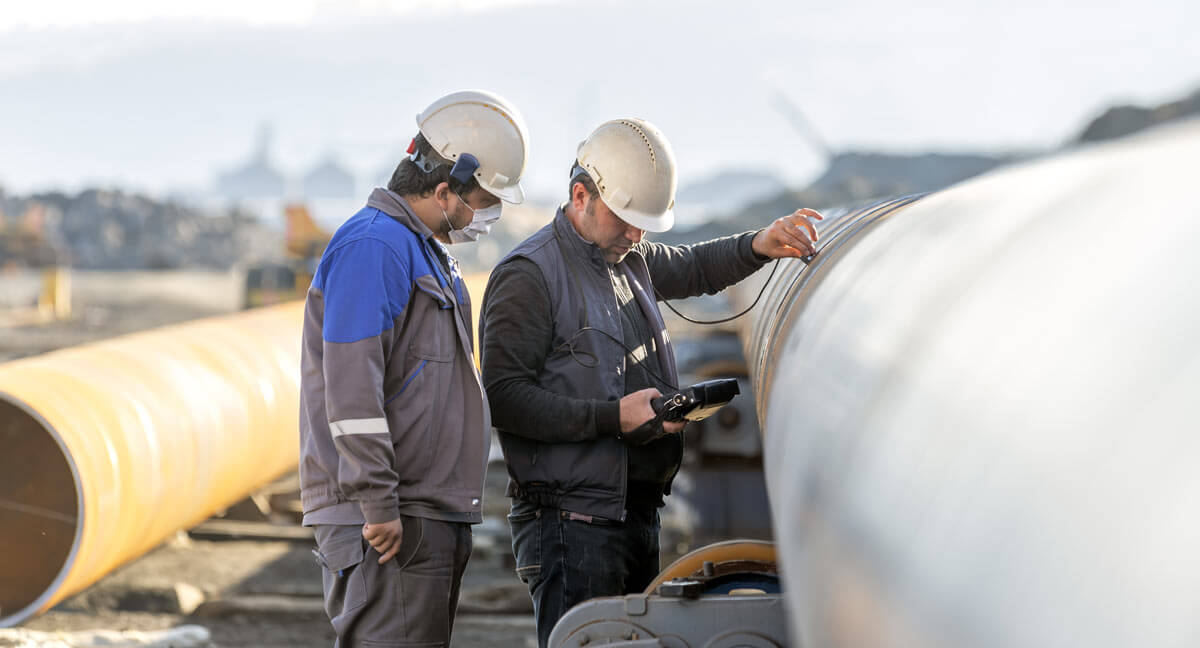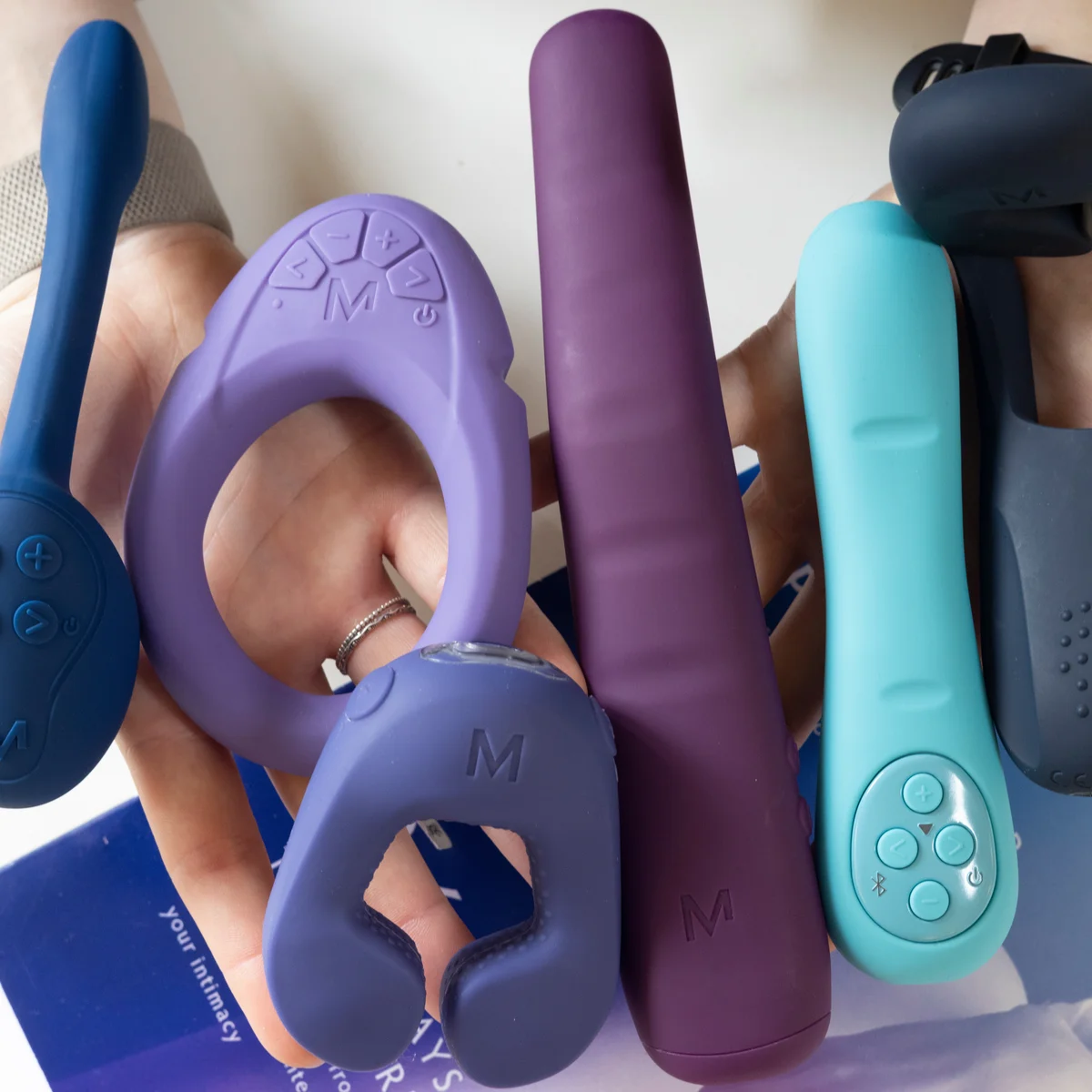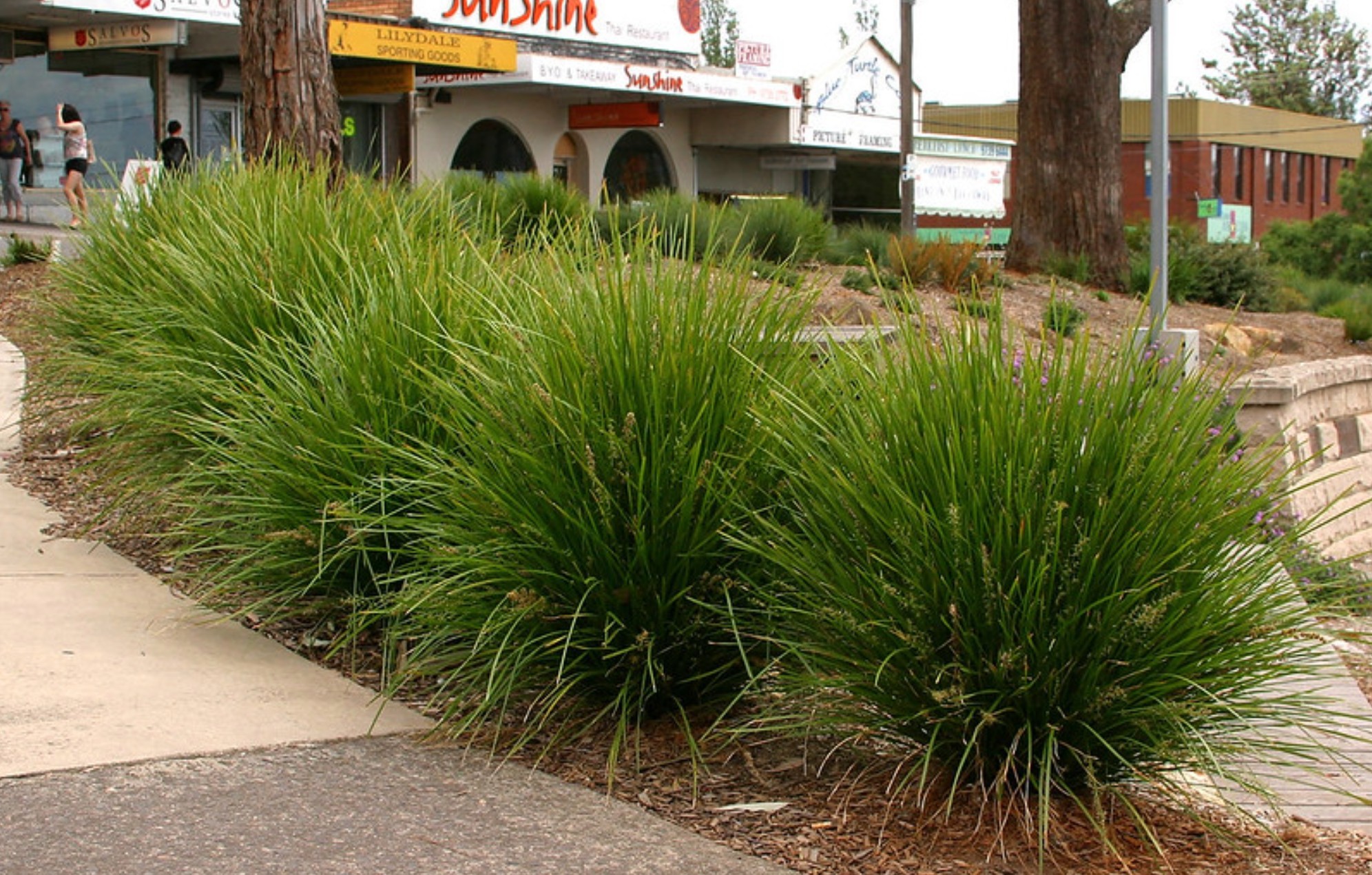Common Types of Welding Inspections and Their Benefits
Welding inspections are crucial steps in ensuring the integrity and quality of welded joints. Various types of inspections are employed throughout the tests for welding process to identify potential defects, verify compliance with standards, and guarantee the safety and reliability of the finished product.
Visual Inspection:
Visual inspection is the most basic and widely used method. It involves a visual examination of the welded joint to detect surface irregularities, discontinuities, and other visible defects. This initial inspection helps identify issues such as incomplete penetration, cracks, or inadequate weld size. Visual inspections are cost-effective and can be performed during and after welding.
Radiographic Testing (RT):
Radiographic tests for welding use X-rays or gamma rays to create images of the internal structure of the weld. This non-destructive testing method is particularly useful for identifying subsurface defects such as porosity, cracks, and lack of fusion. RT provides a detailed and accurate assessment of the weld quality, ensuring the integrity of critical joints in various industries like construction and aerospace.
Ultrasonic Testing (UT):
Ultrasonic testing involves the use of high-frequency sound waves to inspect welds. This method is effective in detecting internal flaws and measuring the thickness of the weld. UT is commonly used for welds in pipelines, pressure vessels, and structural components. It provides real-time results and can detect defects that may not be visible to the naked eye.
Magnetic Particle Testing (MT):
MT is a non-destructive testing method that detects surface and near-surface defects. It involves applying magnetic particles to the surface of the weld and observing their behavior. MT is particularly useful for identifying cracks, seams, and other imperfections in ferrous materials. It is widely applied in industries like automotive, shipbuilding, and oil and gas.
Dye Penetrant Testing (PT):
Dye penetrant testing is another non-destructive inspection method that detects surface defects. It involves applying a colored liquid to the weld, allowing it to penetrate any surface discontinuities. After the excess liquid is removed, a developer is applied to reveal the defects. PT is commonly used for welds in aerospace, automotive, and general fabrication.
Benefits of Welding Inspections:
Quality Assurance:
Welding inspections ensure that the finished product meets specified quality standards, reducing the likelihood of defects and failures.
Safety Assurance:
Inspections help identify potential safety hazards, ensuring that welded structures can withstand the intended loads and environmental conditions.
Compliance with Standards:
Welding inspections verify compliance with industry and regulatory standards, ensuring that the welded joints meet the requirements.
Cost Savings:
Early detection of defects through inspections can prevent costly rework and repairs, saving both time and resources in the long run.


















